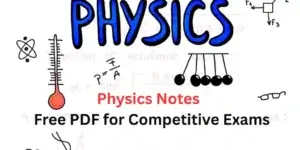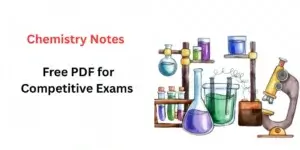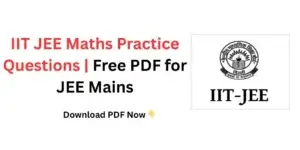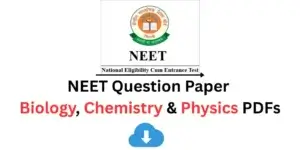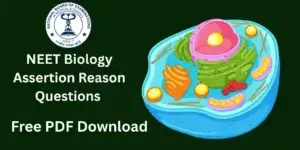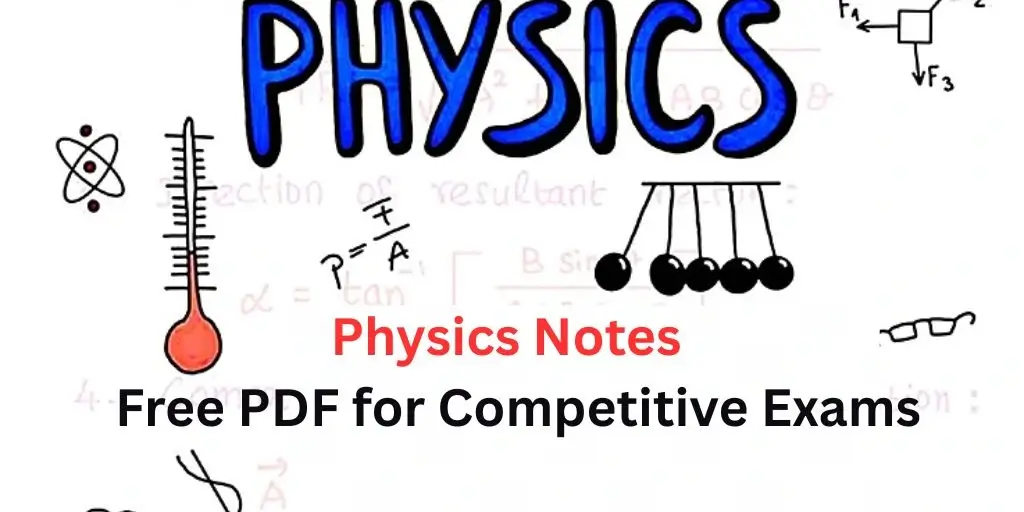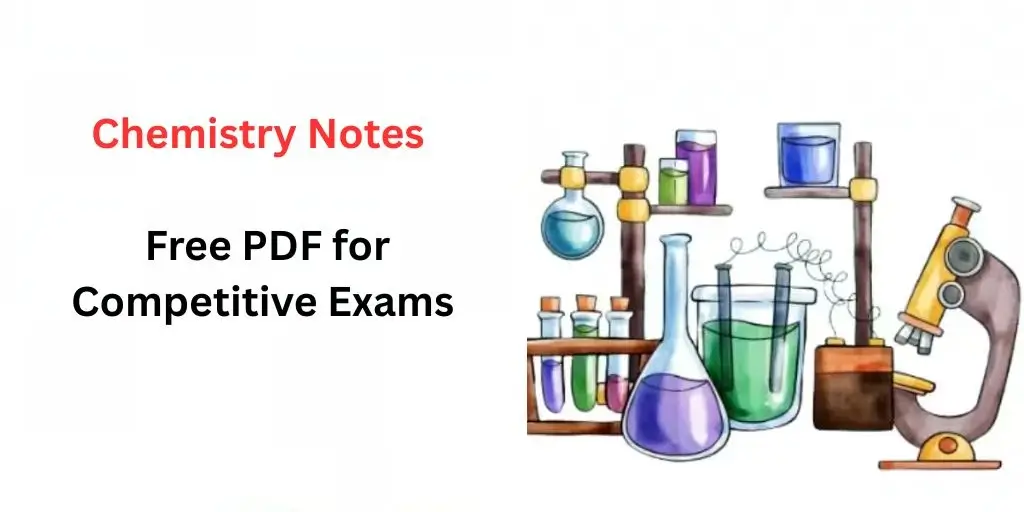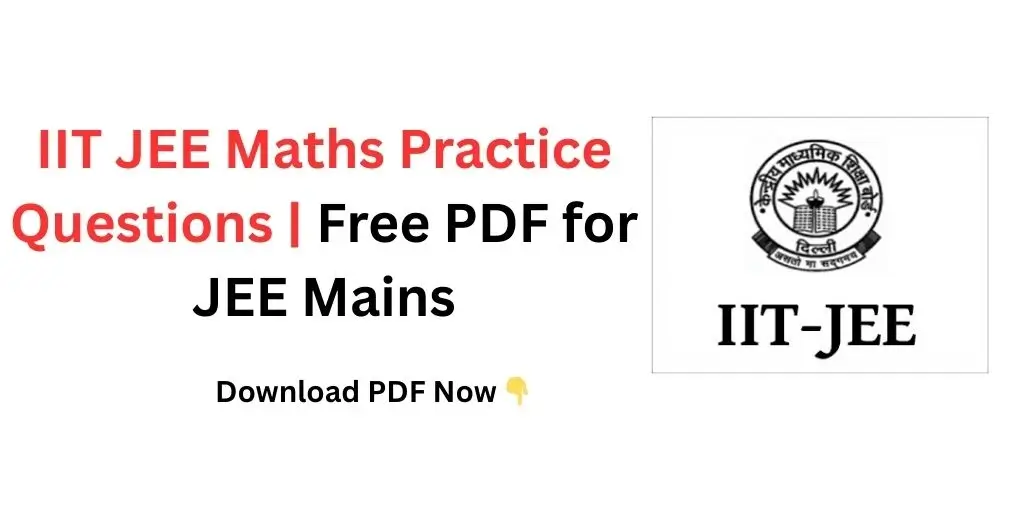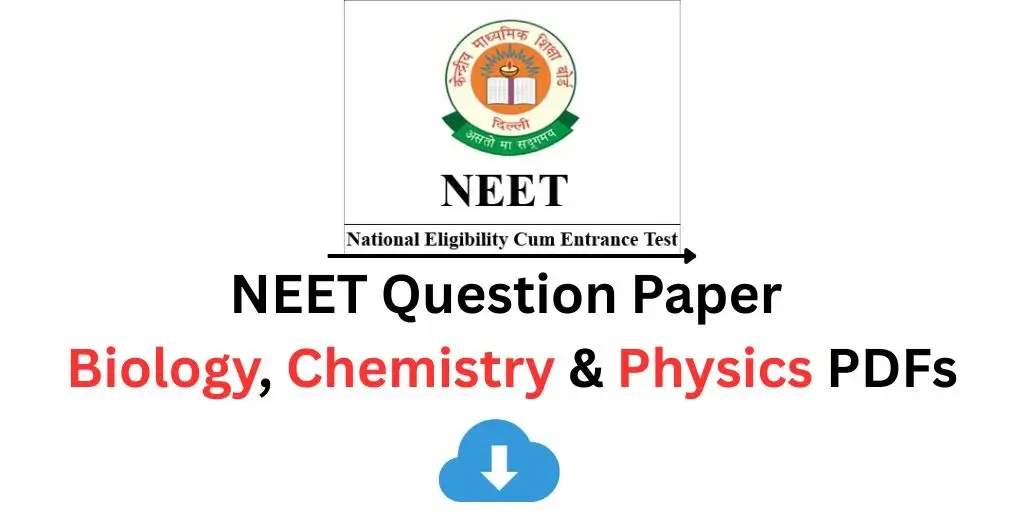Huheey Inorganic Chemistry: Complete Guide for Students
When it comes to preparing for competitive exams like IIT-JEE, NEET, GATE, or UPSC, one of the most trusted references in the field is Huheey Inorganic Chemistry. This book has become a classic for students who want to understand inorganic chemistry in detail while also strengthening their problem-solving ability. In this blog, we will break down the content, explain why this book matters, and give you an easy overview of the chapters included.
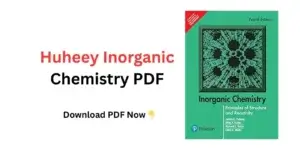
Whether you are a beginner in chemistry or revising before exams, this blog will help you get a clear roadmap of Huheey Inorganic Chemistry in simple words.
Huheey Inorganic Chemistry PDF
Why Choose Huheey Inorganic Chemistry?
The Huheey Inorganic Chemistry book is widely known for its easy explanations, logical flow, and clear treatment of concepts. Unlike many books that focus only on theory, Huheey gives practical examples and structured problems that help students connect concepts with real-life chemical systems.
Some major reasons students prefer this book are:
- Covers the complete inorganic chemistry syllabus for college and competitive exams.
- Balances theory with practice, making it useful for both beginners and advanced learners.
- Includes detailed chapters on bonding, atomic structure, coordination chemistry, and organometallics.
- The language is clear and builds step-by-step understanding.
- Helpful problems and examples at the end of each chapter.
For students looking for an authentic, exam-ready, and comprehensive guide, this is one of the top books available.
Book Index: Chapter Overview
Chapter 1 – What is Inorganic Chemistry?
This chapter introduces the basics of inorganic chemistry, explains where it began, and highlights its applications. Examples such as zeolites and other chemical structures are discussed to explain chemical reactivity.
Chapter 2 – The Structure of the Atom
Here you’ll learn about the hydrogen atom, polyelectronic atoms, and how atomic structures form the base of all chemical reactions.
Chapter 3 – Symmetry and Group Theory
This section explains symmetry elements, point groups, molecular symmetry, and their importance in crystallography. Students preparing for higher chemistry find this extremely useful.
Chapter 4 – Bonding Models: Ionic Compounds
The ionic bond, lattice energy, and thermochemical calculations are covered in detail. You will also learn about covalent character in ionic bonds.
Chapter 5 – Bonding Models: The Covalent Bond
This part introduces Valence Bond Theory, Molecular Orbital Theory, and electronegativity concepts, which are must-know for competitive exams.
Chapter 6 – Structure and Reactivity of Molecules
Students learn how molecules are structured, how bonds form, and what hybridization means. Real-life experimental methods are also explained.
Chapter 7 – The Solid State
Explains structures of solids, imperfections in crystals, and conductivity in ionic and polar solids.
Chapter 8 – Chemical Forces
Covers hydrogen bonding, intermolecular forces, and their role in different chemical reactions.
Chapter 9 – Acid–Base Chemistry
Covers different acid–base concepts, strengths, and the Hard and Soft Acids and Bases (HSAB) principle.
Chapter 10 – Chemistry in Solvents
Explains water chemistry, molten salts, nonaqueous solvents, and electrode potentials.
Chapter 11 to 13 – Coordination Chemistry
Perhaps the most important part of the book. These chapters explain bonding, crystal field theory, spectra, magnetism, structure, isomerism, and reactions of coordination compounds.
Chapter 14 – Descriptive Chemistry of Metals
A detailed look into periodic trends, oxidation states, heavier transition metals, lanthanides, and actinides.
Chapter 15 – Organometallic Chemistry
This chapter highlights metal–carbonyl complexes, nitrosyl, metallocenes, and how organometallic compounds act as catalysts in industrial processes.
Chapter 16 – Inorganic Chains, Rings, and Clusters
Explains complex compounds like boron cages, metal clusters, and their unique bonding.
Chapter 17 – Halogens and Noble Gases
Covers oxidation states, halides, pseudohalogens, and electrochemistry of halogens and noble gases.
Chapter 18 – Periodicity
Focuses on anomalies in periodic trends and the role of d-orbitals in bonding.
Chapter 19 – Inorganic Chemistry of Biological Systems
Explains how inorganic compounds play a role in life—oxygen transport, respiration, photosynthesis, enzymes, and medicinal chemistry.
Appendices
Helpful reference tables, conversion factors, bond energies, and diagrams that assist in quick revisions.Why This Book is Important for Students
The importance of Huheey Inorganic Chemistry lies in its structured explanation and exam relevance. For example:
- Competitive Exams: Questions on bonding theories, coordination compounds, and periodic properties are directly covered in this book.
- University Studies: For B.Sc. and M.Sc. chemistry students, this book provides conceptual clarity.
- Research Base: Many postgraduate and research students use this book as a reference because of its detailed coverage.
PDF Resources for Students
👉 On SarkariExamPDF.in, you can find free resources and PDF study materials related to Huheey Inorganic Chemistry. These include:
- Chapter-wise notes
- Previous year exam questions
- Short revision guides
- Practice problems
👉Huheey Inorganic Chemistry PDF
Conclusion
If you want to build a strong foundation in inorganic chemistry, then Huheey Inorganic Chemistry is the right book for you. Its clear structure, balanced theory, and practical examples make it perfect for both academic learning and competitive exam preparation.
On SarkariExamPDF.in, we bring you PDF resources, notes, and summaries to make your preparation even easier. With the right book and proper practice, mastering inorganic chemistry becomes simple.
FAQs on Huheey Inorganic Chemistry
Q1. What is Huheey Inorganic Chemistry book used for?
It is used by students preparing for exams like IIT-JEE, NEET, GATE, and university chemistry courses. It explains concepts of inorganic chemistry in detail.
Q2. Is Huheey Inorganic Chemistry good for beginners?
Yes, the language is simple, and concepts are explained step by step, which makes it beginner-friendly.
Q3. Can I use Huheey Inorganic Chemistry for NEET preparation?
Yes, many NEET aspirants refer to this book for topics like chemical bonding, periodicity, and coordination compounds.
Q4. Does the book have solved examples?
Yes, each chapter includes solved examples, practice problems, and conceptual questions for revision.
Q5. Where can I get PDF resources of Huheey Inorganic Chemistry?
You can find chapter-wise PDFs, notes, and summaries on SarkariExamPDF.in for free access.
Disclaimer
All PDF files, study materials, and resources provided on SarkariExamPDF.in are dedicated to their respective owners. We do not claim ownership of these files. Any changes, errors, or incorrect information present in the content are not the responsibility of SarkariExamPDF or its team. This website only aims to help aspirants access study resources in one place. Thank you.
- Physics Notes – Download Free Physics Notes for Competitive Exams PDF
- Chemistry Notes – Free PDF for Competitive Exams
- IIT JEE Maths Practice Questions | Free PDF for JEE Mains
- Huheey Inorganic Chemistry PDF Guide | SarkariExamPDF.in
- NEET Question Paper | Free Biology, Chemistry & Physics PDFs
- NEET Biology Assertion Reason Questions | Free PDF Download
AFCAT Banking Blog Book CDS CRA CTET Defence DMRC DRDO MTS DSSSB EPFO Exam Practice Quiz Exam Study Materials IAF X & Y Group IBPS Clerk IBPS PO IBPS RRB Clerk IBPS RRB PO Indian Navy (AA,SSR) JEE/NEET LIC AAO LIC ADO Magazine Mock Test NCERT PDFs NDA RBI Assitant RBI Grade B RRB RRB GD RRB JE RRB NTPC SBI Clerk SBI PO SSC SSC CGL SSC CHSL SSC CPO SSC GD SSC JE SSC MTS SSC Steno Teaching UPTET
